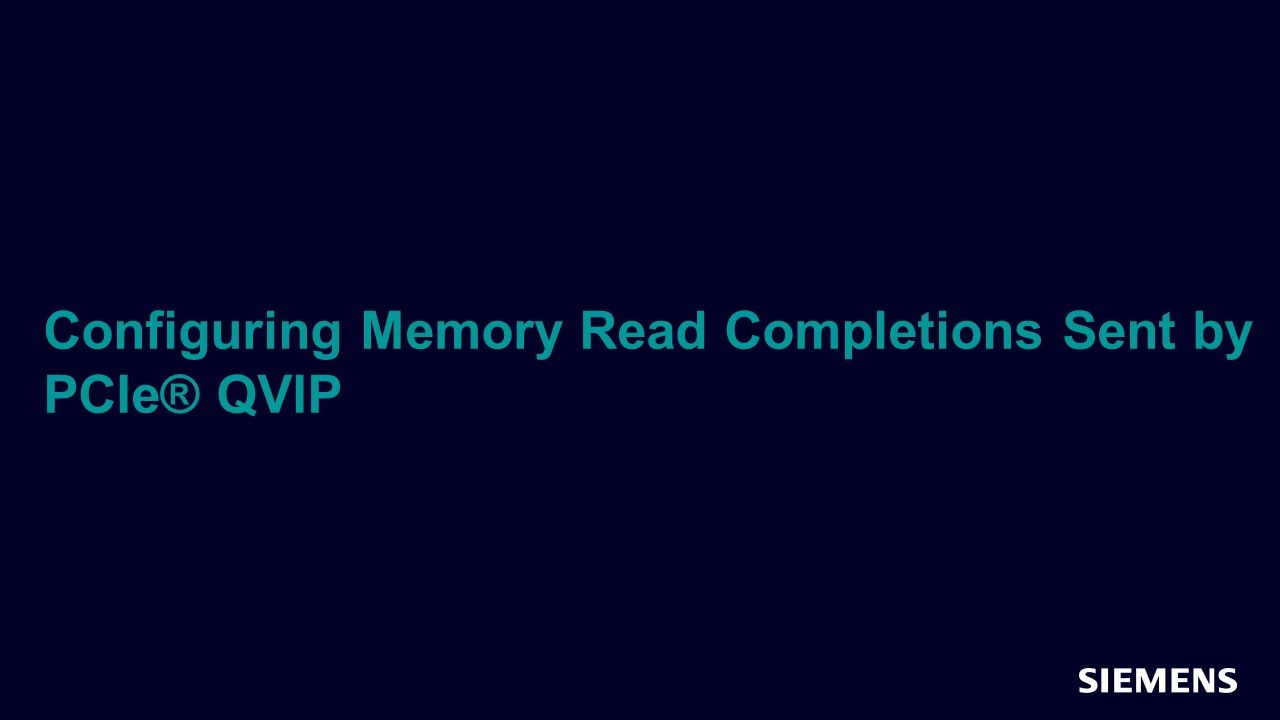Configuring Memory Read Completions Sent by PCIe® QVIP
In real hardware systems, the read completion sizes for upstream read requests (initiated towards the root complex) are characteristics of the processor in use and the maximum payload size (request payload size) limitations of endpoint as a receiver. Out of various aspects to be considered while creating a read completion, important aspects of data associated with it are byte enables (valid data to be read), value of the read request, and address at which the request is initiated.

Full-access members only
Register your account to view Configuring Memory Read Completions Sent by PCIe® QVIP
Full-access members gain access to our free tools and training, including our full library of articles, recorded sessions, seminars, papers, learning tracks, in-depth verification cookbooks, and more.